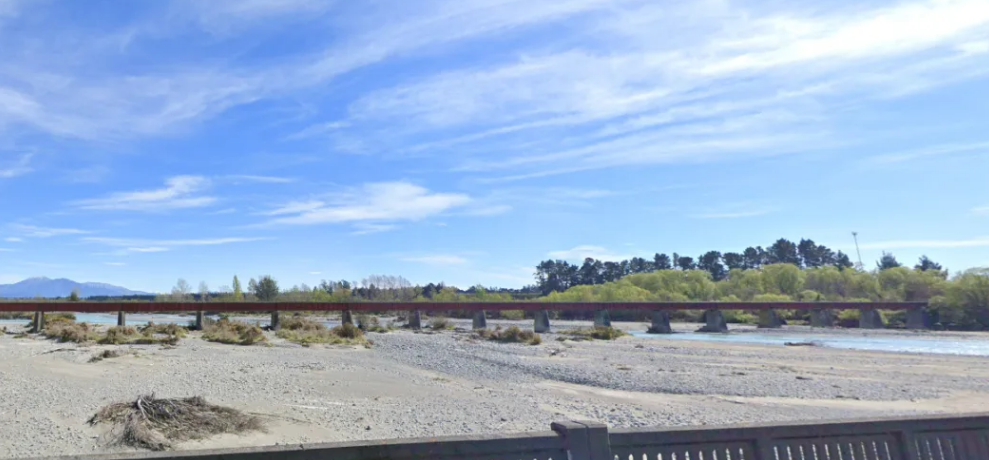It will be two weeks before Canterbury's Rangitata bridge is reopened to freight trains.
A section of the 610-metre-long bridge was left sagging after floodwaters washed away one of its 34 piers on Friday and all freight services were suspended.
The bridge is an important railway linking Invercargill, Dunedin and Christchurch with about eight freight trains ordinarily travelling across it every weekday, and about five each weekend.
KiwiRail chief infrastructure officer André Lovatt said this morning its officers inspected the damage, and despite the spans sagging they appeared to be structurally sound.
Work had begun to divert the river flow away from the area where the pier had washed away.
The work was expected to take a few days, Mr Lovatt said.

The work was expected to take up to two weeks but bad weather, which was expected towards the end of next week, could disrupt it.
Permanent replacement of the pier would be carried out once the bridge was operational.
‘‘We continue to work with our customers to keep their freight moving between Invercargill, Dunedin and Christchurch,’’ Mr Lovatt said.
Rail services could run from the north to Christchurch and Ashburton and from the south to Timaru, with goods being transported by road in between in the meantime.
No passenger trains travelled on the line south of Christchurch.

South Island rail lines were mainly used for moving containerised freight and bulk commodities, such as logs and coal, it said.
Port Otago, Fonterra and City Forests all said they did not put freight on the affected line.












